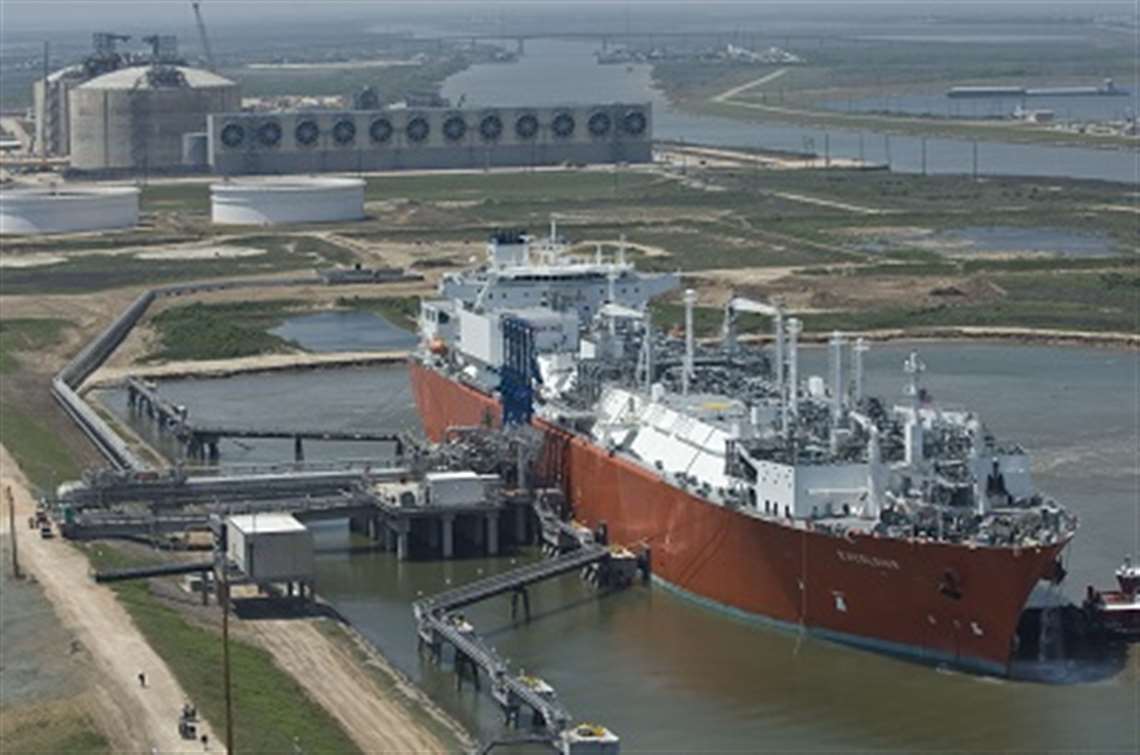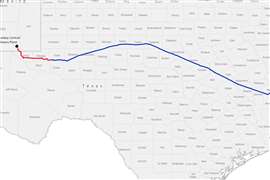Freeport LNG Begins Operations
September 13, 2019

Earlier this month, Freeport LNG Development L.P.—the developer of Freeport LNG export terminal—announced the first shipment of liquefied natural gas (LNG) produced from the newly commissioned Train 1 of the three-train Freeport LNG facility. Freeport LNG became the fifth U.S. LNG export terminal in the Lower 48 states to be placed in service since 2016.
Freeport LNG liquefaction project is located on Quintana Island near Freeport, Texas ― about 70 miles south of Houston ― and consists of three liquefaction units with a combined capacity of 1.98 bcfd baseload and 2.14 bcfd peak. Construction of Trains 1 and 2 started in 2014, and construction of Train 3 in 2015. After a series of construction delays, Train 1 achieved its first LNG production on August 19. The second and third trains are expected to be placed in service in January and May of 2020. The fourth liquefaction train (capacity 0.7 Bcf/d) has been fully approved but has not yet reached a final investment decision.
The Freeport LNG liquefaction plant is located at the site of an existing regasification terminal and shares LNG storage tanks and other infrastructure with export and import facilities, which reduces the construction costs. The Freeport LNG regasification terminal can still receive and process LNG import cargoes; however, it has been mostly unused since 2010 because of the increase in domestic natural gas production. The last LNG cargo was imported to Freeport in September 2018 and was used to maintain the cryogenic integrity of the terminal’s storage tanks and to serve as a cool down cargo in preparation and testing of liquefaction equipment for LNG production.

Freeport LNG is the only liquefaction facility in the United States and one of only two LNG export facilities in the world that uses exclusively electric motors instead of natural gas turbines to drive the liquefaction compressors. The electric motors help the facility comply with the strict local emission standards around the Houston area. Freeport LNG requires 690 megawatts (MW) of electric power supply to operate three liquefaction trains, almost 9 times the Freeport area’s previous load, which was less than 80 MW. Several electric transmission upgrades (including Jones Creek transmission project) were implemented on the Electric Reliability Council of Texas electric power grid to connect transmission lines with Freeport LNG to accommodate the additional load requirements.
Currently, with Freeport Train 1 in operation, total U.S. LNG export nameplate capacity stands at 6.1 Bcf/d baseload (6.9 Bcf/d peak) across five LNG export terminals and 10 liquefaction trains. By 2021, EIA projects U.S. LNG export capacity to reach 9.5 Bcf/d baseload (10.8 Bcf/d peak) across six LNG export facilities and 25 liquefaction trains.
MAGAZINE
NEWSLETTER

CONNECT WITH THE TEAM








